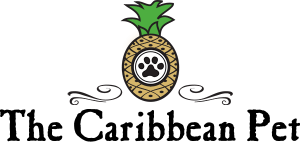- Language: Spanish (English widely spoken)
- Currency: Dominican peso
- Temperature: Average 80°F year-round
- Square Miles: 18,800 Approx.
- Population: 7.8 million
The Dominican Republic is a country on the island of Hispaniola, in the Greater Antilles archipelago in the Caribbean region. The western three-eighths of the island is occupied by the nation of Haiti, making Hispaniola one of two Caribbean islands, along with Saint Martin, that are shared by two countries. With the longest beachfront in the Caribbean and thousands of square miles in land area. Approximately 3,000 humpback whales live in Dominican waters during the winter, and visitors can watch whales near the Samana Peninsula. Other animals, including manatees, bottlenose dolphins, rhinoceros iguanas, exotic birds, and the endangered hutias, can be found in the National Park of the East. This park also features Taino Indian burial grounds, ceremonial sites, and cave drawings.
The Cordillera Central (Dominican Alps) mountain range rises to 10,417 feet at its highest point on Pico Duarte. Both by area and population the Dominican Republic is the second-largest Caribbean nation (after Cuba), with 48,445 square kilometres (18,705 sq mi) and nearly 10 million people, one million of which live in the capital city Santo Domingo. Christopher Columbus landed on the island in 1492, which the Taíno people had inhabited since the 7th century. It became the site of the first permanent European settlement in the Americas; namely Santo Domingo, the oldest continuously inhabited city and the first seat of the Spanish colonial rule in the New World.
After three centuries of Spanish rule, with French and Haitian interludes, the Dominican Republic became independent in 1821. For most of its history (up until independence), the country was known as Santo Domingo — the name of its present capital and patron saint, Saint Dominic—and continued to be commonly known as such in English until the early 20th century. The Dominican Republic has the ninth largest economy in Latin America and is the largest economy in the Caribbean and Central American region.
The Dominican Republic is a tropical, maritime nation. The culture and people of the Dominican Republic are a mixture of the cultures of the Spaniard colonists, African slaves, and Taíno natives. European, African and Taíno cultural elements are most prominent in food, family structure, religion and music. Many Arawak/Taíno names and words are used in daily conversation and for many foods native to the Dominican Republic.

